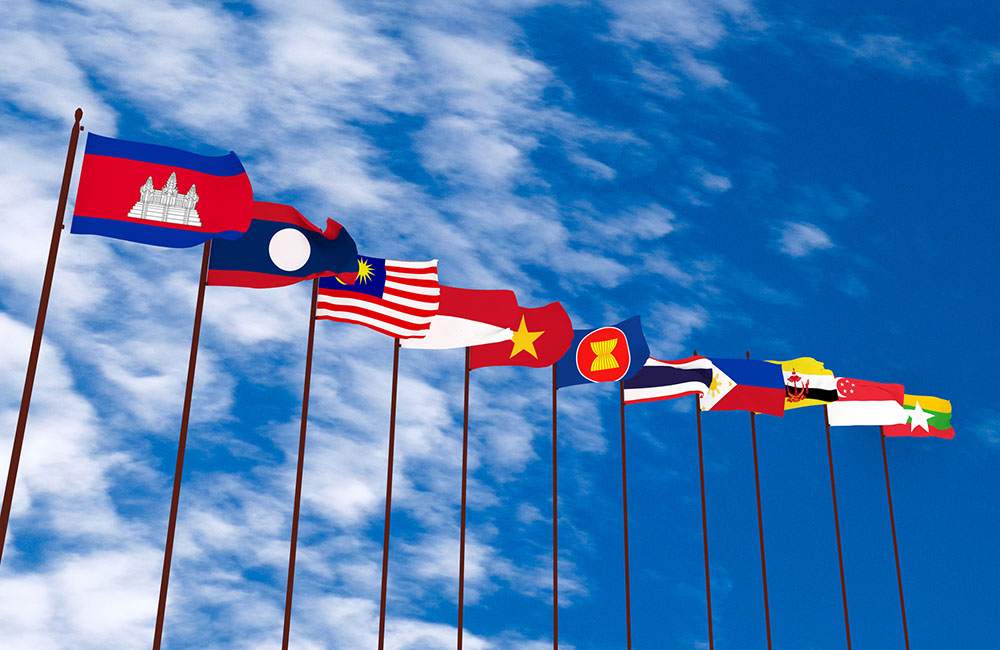October 10, 2022
ASEAN-5 RISING
“The Association of Southeast Asian Nations, or ASEAN, was formed on 8 August 1967 in Bangkok, Thailand, with the signing of the ASEAN Declaration (Bangkok Declaration) by the Founding Fathers of ASEAN, namely Indonesia, Malaysia, Philippines, Singapore, and Thailand. Brunei Darussalam then joined on 7 January 1984, Viet Nam on 28 July 1995, Lao PDR and Myanmar on 23 July 1997, and Cambodia on 30 April 1999, making up what is today the ten Member States of ASEAN.” (ASEAN.ORG, 2021). ASEAN is an international organization/regional bloc formed to promote political and economic cooperation and regional stability. Growth and profit-seeking organizations worldwide are challenged to determine which international markets to enter and which optimal marketing strategies to implement to achieve the corporate objectives. Our research has uncovered apparent and hidden opportunities in ASEAN but especially the ASEAN-5 economies. Today, the ten-member ASEAN trade bloc is a 667 million regional solid grouping estimated to record a nominal GDP of circa $3.36trillion (IMF, 2021). The bloc’s diversity boasts many languages, religions, and cross-country differences may be a double-edged sword that promotes or moderates political and economic cooperation and regional stability. Our perspective favors the former. This insight presents the long-term view of the “ASEAN-5 tiger countries of Southeast Asia” market attractiveness considering the potential changes to the global economic order by 2050. We hope this insight will help organizations, especially SMEs, find new market opportunities and create new sources of competitive advantage through improved ASEAN-5 global competitiveness. This note focuses on ASEAN-5 (Indonesia, Malaysia, Philippines, Thailand, and Vietnam), ASEAN-6 (the six-tiger countries of Southeast Asia), excluding Singapore. ASEAN-5 is the largest economy in the ASEAN trade bloc. Although the Singapore GDP ($374bil at current prices) is 5% larger than that of Vietnam ($354bil at current prices), it is deliberately excluded from the discussion owing to its relatively smaller demand/market size (5.8 mil population). The population of Vietnam is 98 mil. Demand/market size is just one dimension, albeit a critical industry/market level determinant of foreign market attractiveness/potential, which subsequently influences entry mode choice in a firm’s internationalization strategy. ASEAN-5 GDP growth is forecast to eclipse those of standalone China, emerging and developing Asia (30 countries including China and India, ASEAN, etc), world GDP growth, and every region of the world save standalone India and Sub-Sahara Africa for the 2021-2026 forecast regime (IMF, 2021).
Subscribe
Login
0 Comments
Oldest





